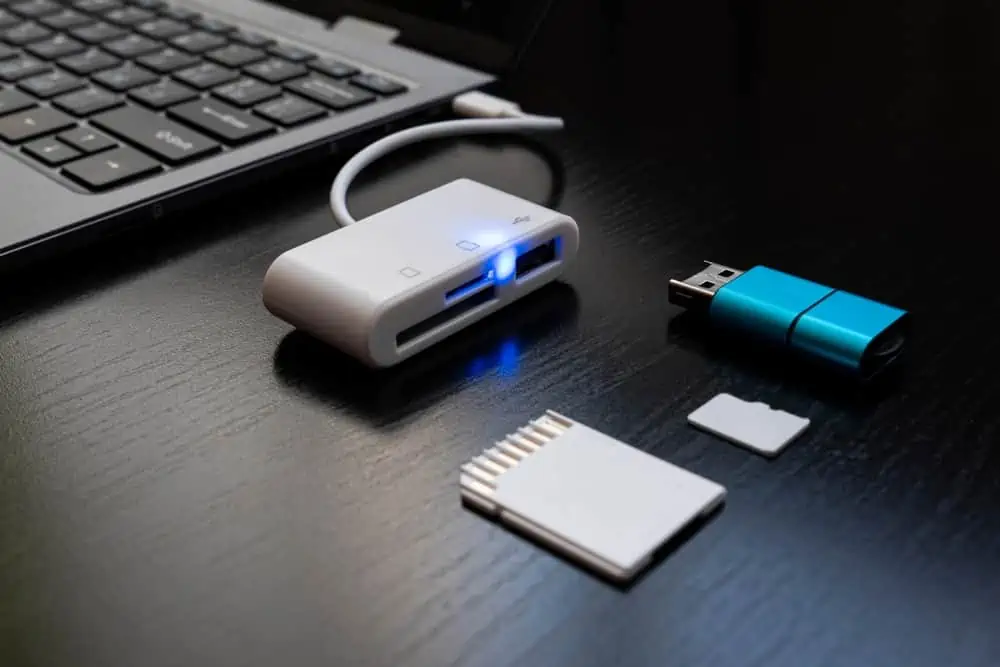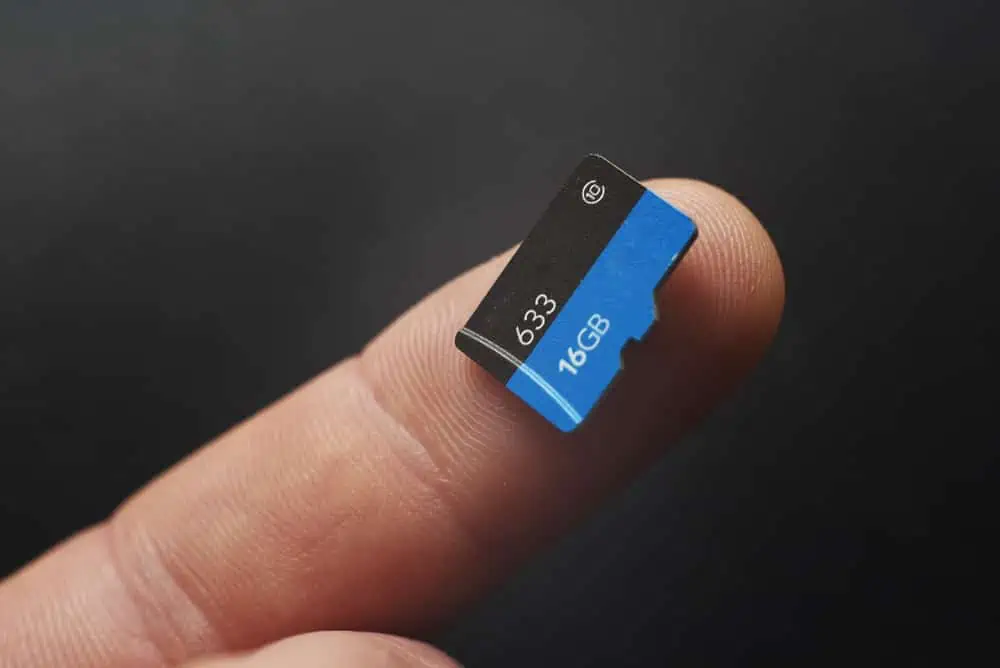Ever come across the term “Disk image” and wondered what it means? Well, this article provides detailed and comprehensive information about this storage technology.
Overview
A disk image is a compressed computer file containing a disk volume’s contents and structure. Also, it can contain the content of an entire storage device, such as a hard disk drive (HDD), SSD, USB flash drive, optical disc, and floppy disk.
Furthermore, this storage technology is usually made by creating a sector-by-sector copy of the source medium. In doing so, it perfectly replicates the structure and contents of the storage device or disk volume.
Hence, we can say that a disk image is a copy/replica of a storage device’s or disk volume’s content and structure. Due to this, it is mostly used for data backup.
Thus, people sometimes refer to disk images as disk backup. In addition to being used for data backup, disk images are also used to easily copy the entire content on a particular storage drive to another.
You can also use it to create a virtual hard drive for virtual machine implementation. That’s not all; this storage technology can also serve as a boot disk to start a computer using a different operating system.
Besides, today, most online downloads of software applications are usually compressed into a disk backup file. Hence, they can be used to create a mounted volume for easy installation of software automatically.
However, in order to access or create a disk backup file, you will need disk imaging software. Therefore, finding a reliable and easy-to-use imaging software is paramount.
A few examples of this software include Acronis Cyber Protect Home Office, Clonezilla, and Macrium Reflect. Nevertheless, some Windows OS, such as Windows 8.1 and 10, have native support for the “.iso” extension, which is the common extension for disk backup files.
How Does a Disk Image Work?
To start with, a disk image is more of software and not hardware. Hence, the way it works shouldn’t be that complicated.
Basically, as hinted in the previous section, this storage technology is a compressed file containing the replica of a storage drive’s content and structure. So, in order to create or access it, you will need disk imaging software.
As a result, disk backup files are available in numerous extensions or formats. While some extensions are universal, some are related to the software used to create them.
For example, “.nrg” file extensions represent disk backup files created with Nero software. However, the most common disk image file extension is “.iso”.
Impressively, Windows 11 and 10 offer native support for .ios files. Hence, you don’t need disk imaging software to access or create a .ios disk backup file on your Windows 8.1 or 10 PC.
In fact, when you access a .ios disk backup file on your Windows 11 or 10 PC, it acts exactly like a disc. In essence, it will appear as an optical disc on your computer.
However, if you have other types of disk backup files on your PC, you’ll need to download the appropriate disk imaging software for it. Basically, you will have to download the software related to the file or used to create the file.
For your information, the whole process of creating a disk backup file is known as disk imaging.
Features of a Disk Image
From the previous sections, we learned what a disk image is all about and how it works. However, this section will look into some of this storage technology’s major features.
It’s a Replica of a Storage Drive’s Content
A disk backup literally contains everything on a storage drive, including the operating system and files. Therefore, it is fair to say that this storage technology contains an exact replica of a particular storage drive’s content.
Mostly Used for Data Backup
Because this storage technology copies everything in a drive, it is of great use for data backup. Hence, in a situation where data on a storage drive is corrupted, you can restore the data from the disk’s copy in an image.
It Needs a Software for Access or Creation
In order to create or access a disk backup file, you will need disk backup software. Nevertheless, some Windows OS, such as Windows 10 and 11, have native support for .ios files.
As a result, you don’t need disk backup software to access or create a .iso disk backup files on Windows 10 or 11.
Disk Images Have Various Formats or Extensions
Because disk backup files can be created with different disk imaging software, they have various extensions. Hence, sometimes, if you create a disk backup with a particular software, the file will carry the software’s extension.
For instance, a disk backup file created with the Nero software will have the “.nrg” extension. However, the most common extension for disk backup files is “.iso.”
It is Usually Compressed
Obviously, copying the entire content of a storage drive to another location will require the exact amount of space of the drive’s content. Essentially, if the drive’s content is up to 250 GB, you will need 250 GB of storage space to copy them to another location.
However, to avoid that, disk backup files are usually compressed during creation.
Advantages of a Disk Image
It Consumes Less Storage Space
Even though a disk backup file contains the replica of the content on a storage drive, it consumes less space.
This is because disk backup files are usually compressed into smaller sizes during creation. Although the files are still huge, they are way smaller than the actual size of a storage drive’s content.
It Is Great for Data Backup
Imaging a disk is an ideal means of data backup. Hence, if the original storage drive fails, you can easily restore your data from the disk image.
You Can Store a Disk Image File Anywhere
You can literally store a disk backup file wherever you like.
For example, you can store it on an external hard drive. As a matter of fact, you can even store it on cloud storage.
It Is Simple to Create and Access
You don’t need any special skills to be able to create or access this storage technology.
All you need is disk imaging software. In fact, if you use a Windows 11 or 10 PC, you may not need this software.
This is because Windows 11 and 10 have native support for the “.ios” file extension, which is the common extension for disk backup files.
It Supports Various Storage Devices
This storage technology supports different storage devices like HDD, USB flash drive, SSD, and floppy disks.
Cons of a Disk Image
Disk Imaging Takes a Lot of Time
During a disk imaging process, you will have to wait a long time for it to complete.
Apparently, copying the entire content as well as the structure of a storage drive takes a lot of time.
It Can Include a Virus or Malware
A disk backup contains a copy of the exact content on a storage drive, including virus-infected files.
In other words, virus-infected files will also be included during disk imaging. Therefore, when a disk backup is restored on another computer, the computer might be infected by the virus.
A Reliable Disk Imaging Software is Expensive
Disk imaging software that is reliable is pretty expensive.
Basically, you have to pay a monthly or yearly subscription to make use of most of them. For example, Acronis Cyber Protect charges 250$/month (excluding VAT), which is quite much.
Conclusion
A disk image is an excellent means of backing up your entire disk. This is because it replicates the entire content on your storage device and saves it as a compressed file.
Therefore, whenever you experience storage drive failure, you can simply recover your data from the disk backup. By the way, when I say “entire content,” this includes files, folders, and even operating systems.
However, creating or accessing a disk backup file requires disk backup software. Nonetheless, if you use a Windows 10 or 11 computer, you might not really need to worry about that.
This is because Windows 10 and 8.1 have native support for the .ios file format, which is the common format for disk backup files.
I hope you found this article helpful and interesting. If you found it helpful, click on “Yes” beside the “Was this page helpful” question below.
You may also express your thoughts and opinions by using the “Leave a Comment” form at the bottom of this page.
Finally, for more articles like this one, you can visit our Storage & Disk Technology Explained page.



